
When most people think of electronic books, they think of trillion-dollar companies and mobile tablet devices. It might surprise you to know the electronic book was invented long before our modern notions of e-commerce and mobile devices became popular. For example, the epub can trace its lineage back to 1999, when the OEB was first established. This happened only six years after the PDF format was first released.
Epub is the format I use for all of my works. It is the default electronic format for getabook.today. Epub is not proprietary. It is easy to author and distribute and it is easy to read. I also make my books available to my readers without DRM, so you can install and read them on the device of your choice. All my electronic books validate to the epub3 standard before they are made available for distribution, so they should function identically on any device that can read them.
What is an Epub?
An epub format book or “ebook” is technically a web site (made up of html pages, css styles and web-compatible images) contained in a specially-formatted zip file. You could extract the archive and open the book with your web browser if you prefer, but there is an easier way.
The best way to think about electronic books is that the epub (a file with an extension of .epub) is just a document. You use an e-reader application to open it in much the same way you open a .doc file with Microsoft Word or a PDF file with Adobe Acrobat.
Tools for Reading Epub Electronic Books
The good news is there are numerous high-quality free e-reader applications available on both mobile devices and on PCs. If you have an iPhone or an iPad, everything is pretty much done for you. The Apple Books app uses epub as its native format. If it doesn’t open the book for you right away, just e-mail it to yourself. When you tap and hold on the attached book icon, you should have the option to share it to Apple Books.
On Android devices, you can use either the FBreader or the Moon+ Reader apps. Both are quite popular and give you many options for organizing your digital library. The Google Play Books App also uses epub as its native format. You can upload your epub books to Google Play and read them on any device that is logged in to your account.
There is also Bookfusion, the Librera App on Android and of course Kobo, which has both an ereader device and an app.
On PCs (Linux, Mac or Windows), you can use the Calibre application. Once installed, Calibre will make all your .epub files double-clickable which will open them in a desktop e-reader. The application also has a multitude of other functions which will make your electronic books much easier to manage.
If you have a Nook device or the app, you can read epub format books on either as well.
If you have a Kindle device, you can read epub format electronic books on it. PC World has a helpful guide. Note that importing your epub to Kindle will convert it to a proprietary format which you likely won’t be able to convert back, so be sure keep a copy of the original.
Note: When you make a purchase of a digital book from my store, you will ALWAYS receive a DRM-free original epub edition. You have full rights to back up your original if needed and to install it on as many of your own devices as you like.
My store has a cloud-based e-reader service called Bitbook, where you can read ebooks purchased from Getabook.Today without having to download or import them to a local e-reader application. For most titles, the downloadable epub and the Bitbook edition are delivered together, so you have the choice.
Note: Nobody has the authority to restrict your access to my books. I hold exclusive rights in all my works worldwide. Use the contact link above to notify me if someone interferes with your access and I will see to it your title(s) are restored.
For the record, as copyright holder to any epub distributed by my bookstore at getabook.today, you have my permission to make copies of books acquired from my store for personal use and to install or import those books to the device or devices of your choice. Why, you even have permission to share my books with your friends and family! (within reason, of course). As always, if you have questions, use the link above to e-mail. Black out.

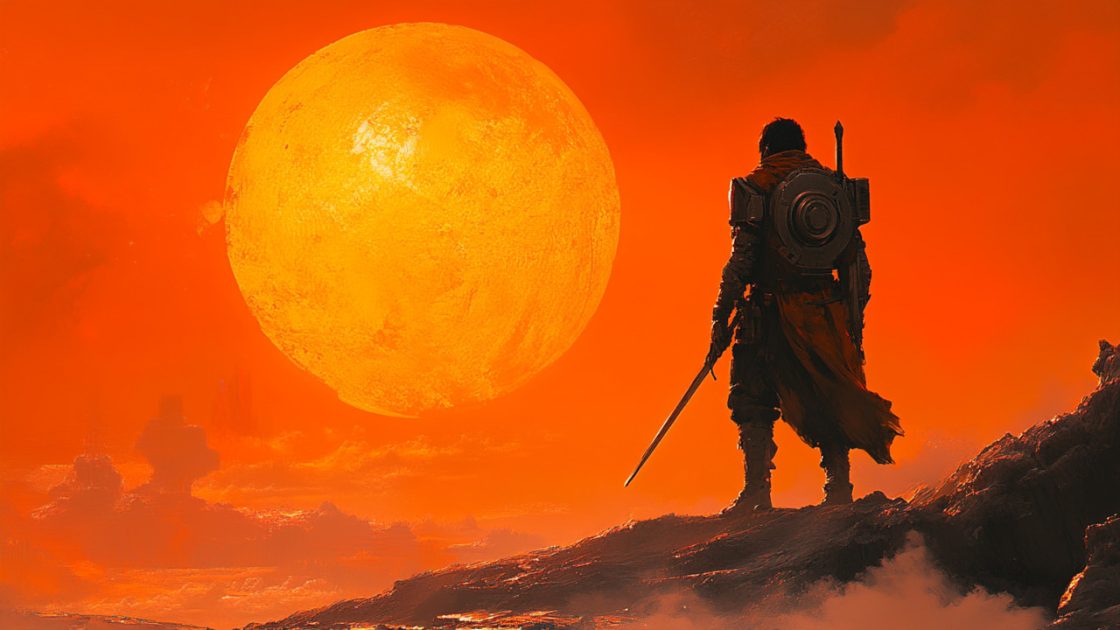
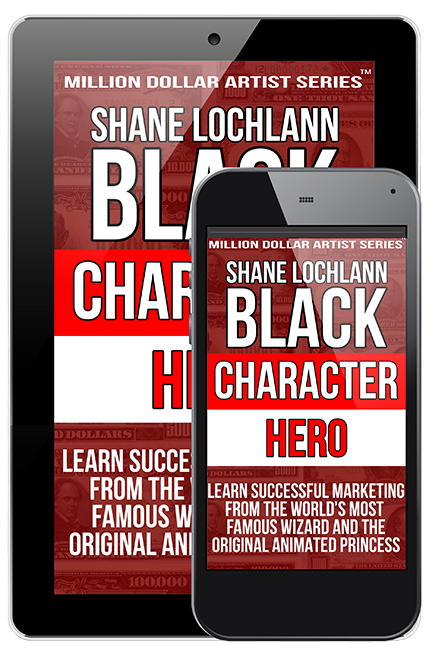
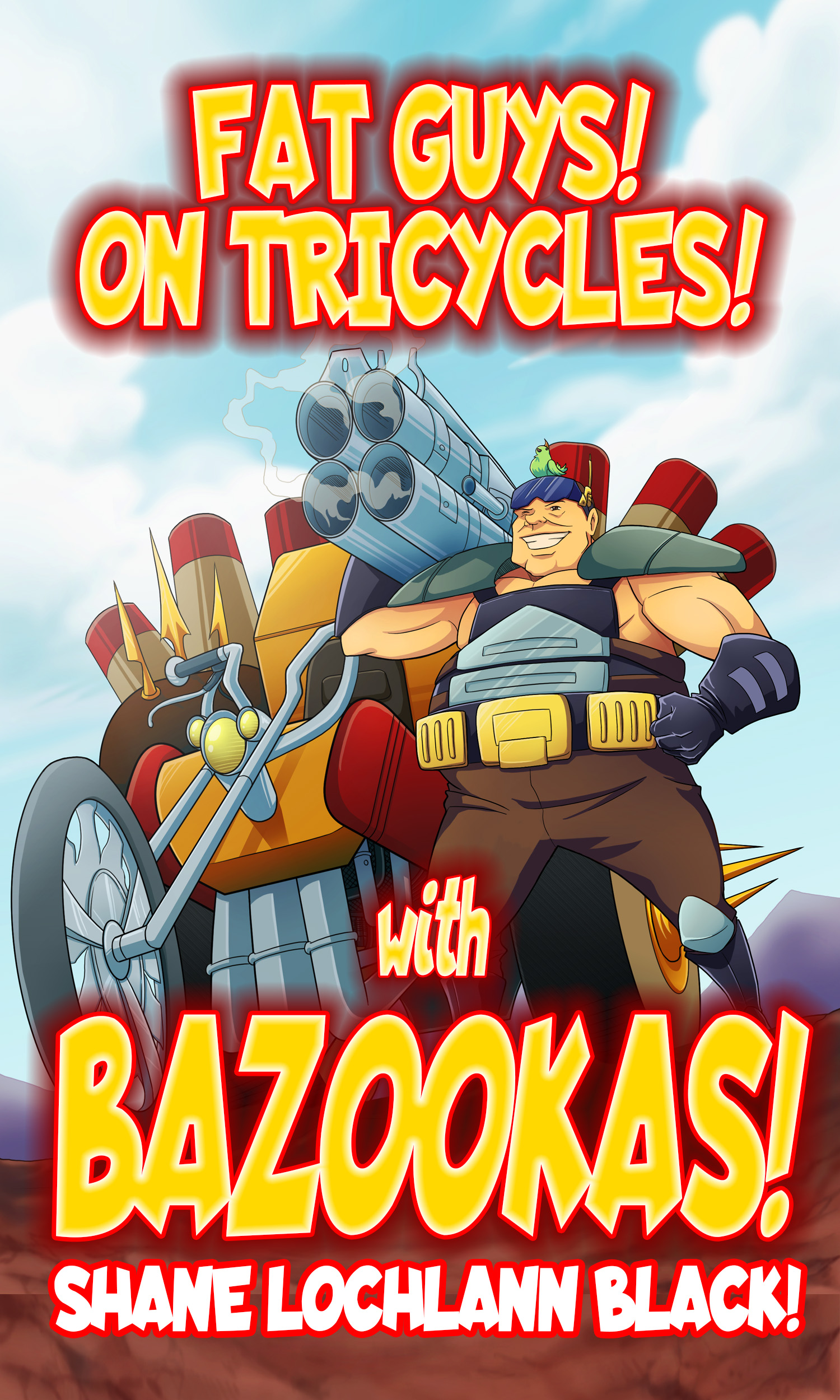
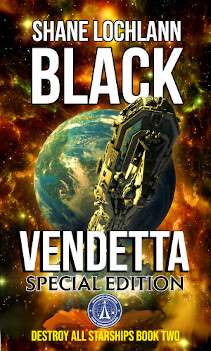
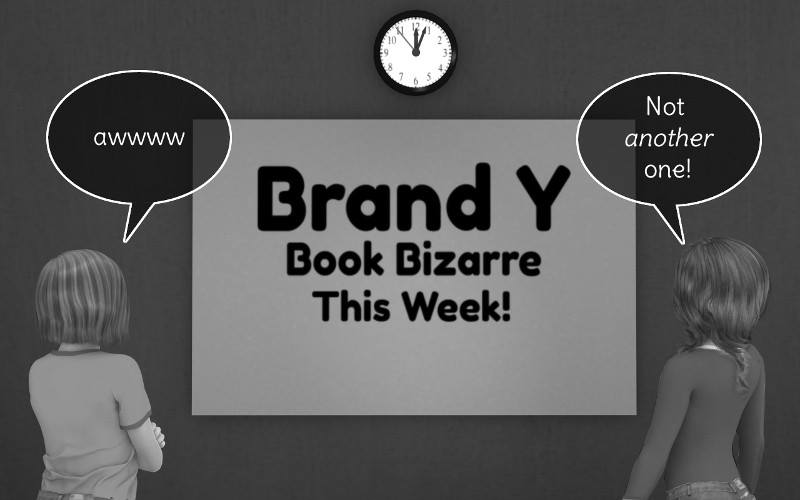
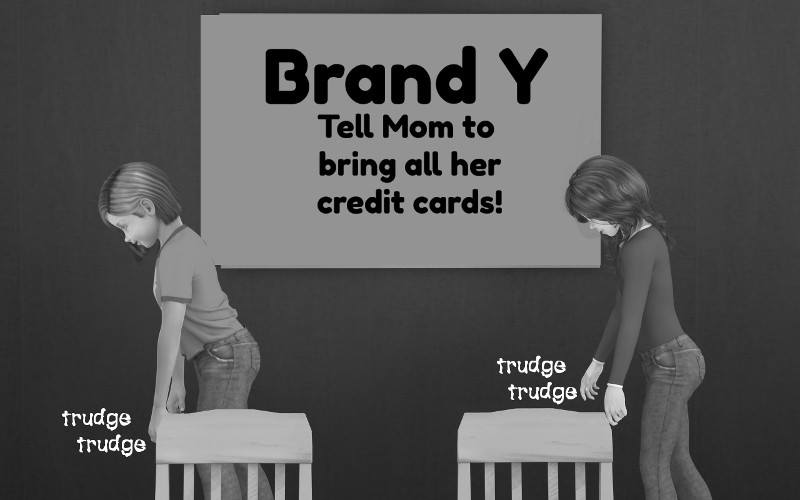
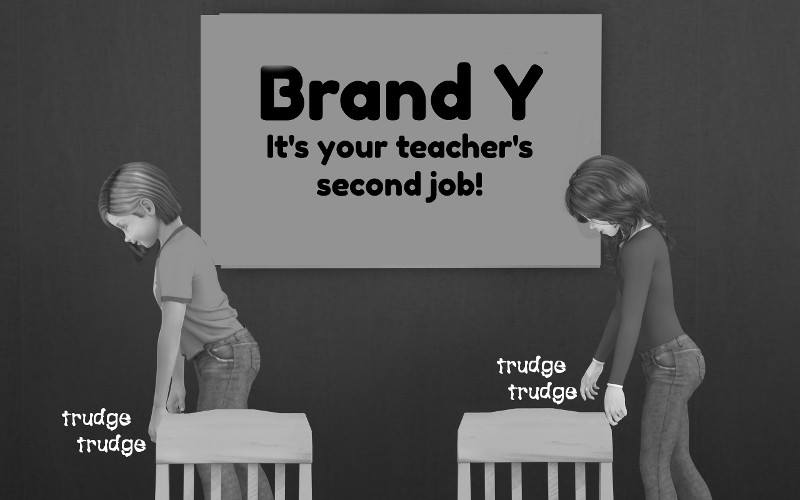
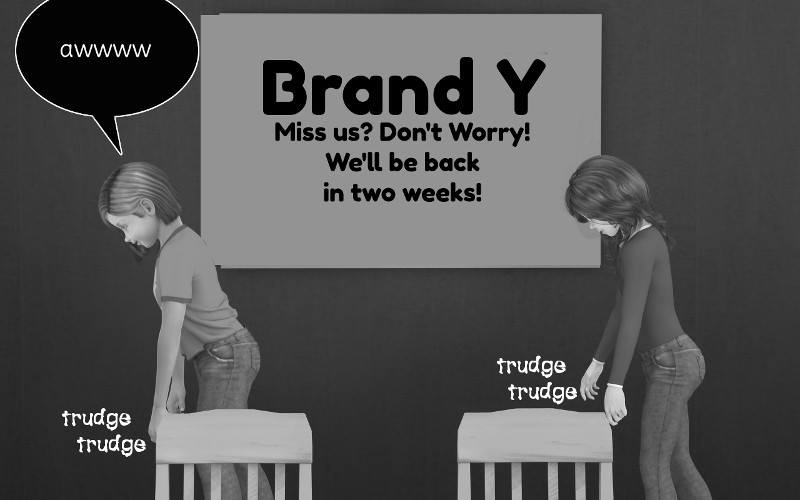
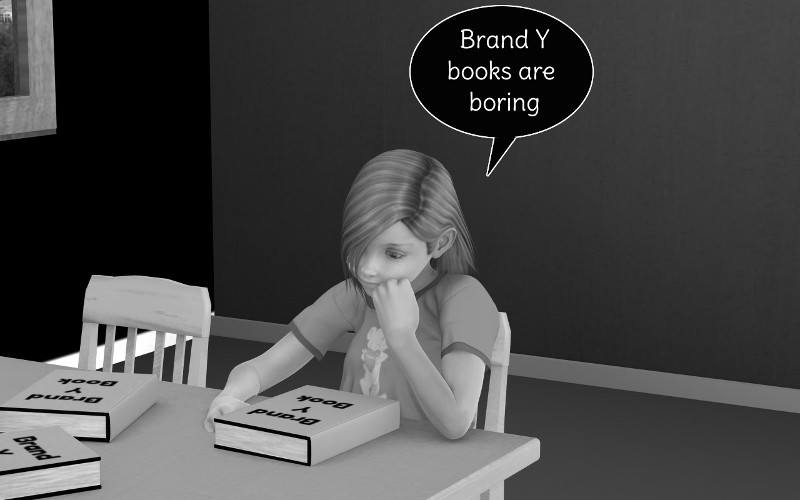
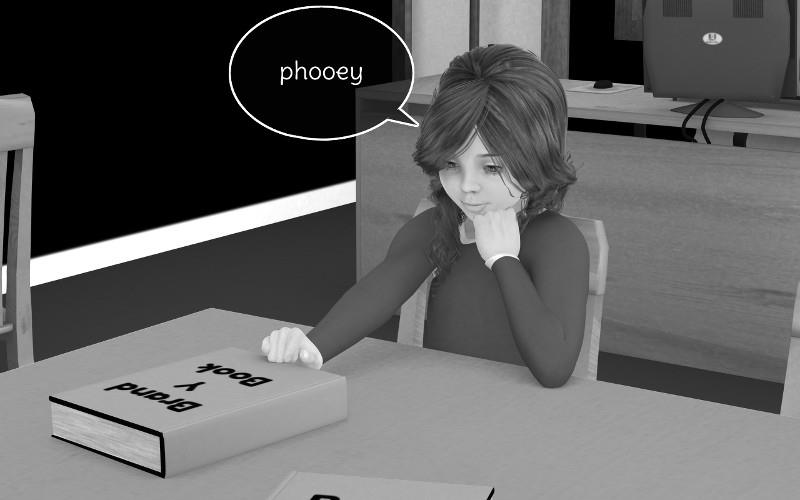

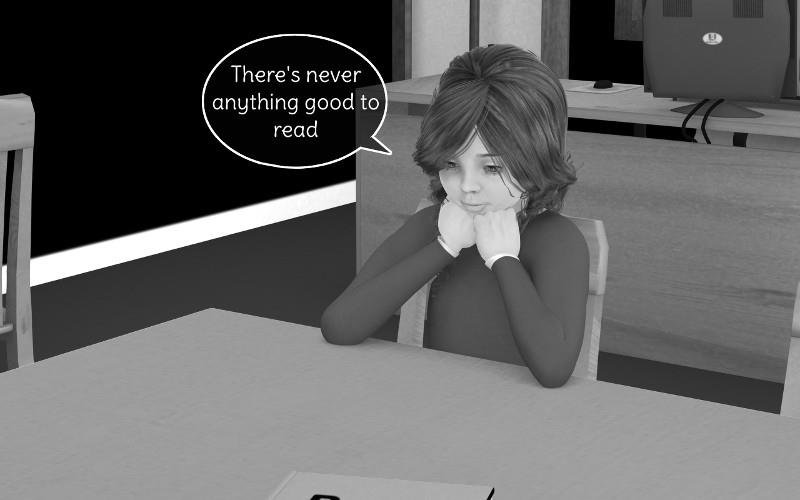
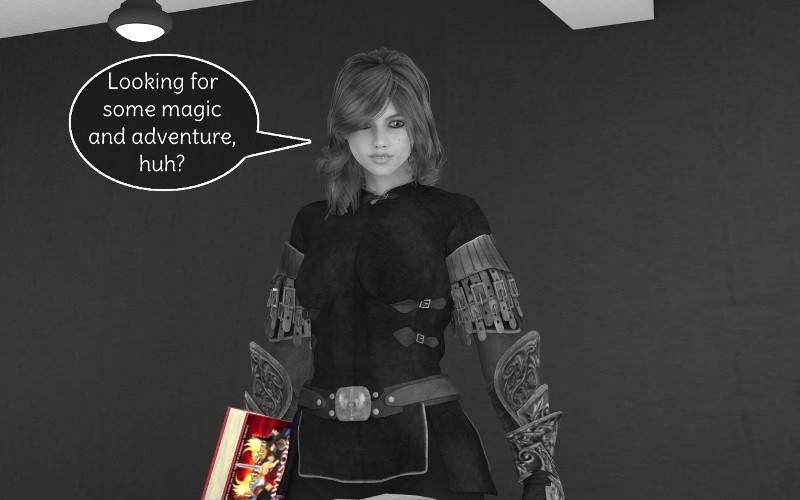

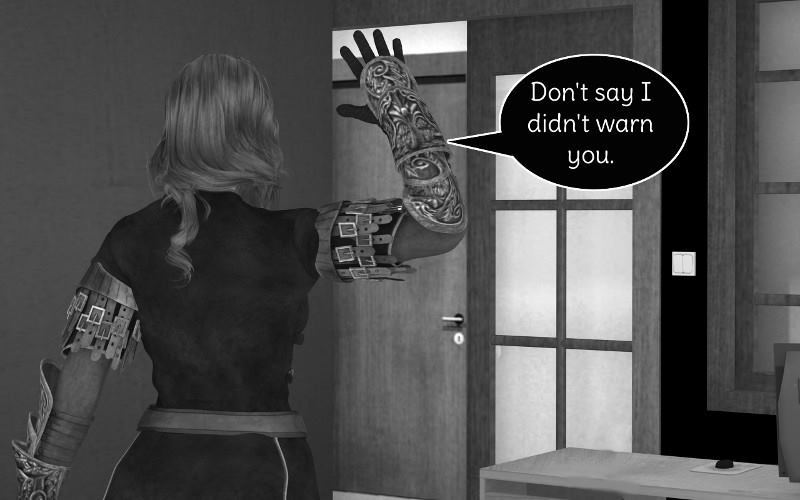



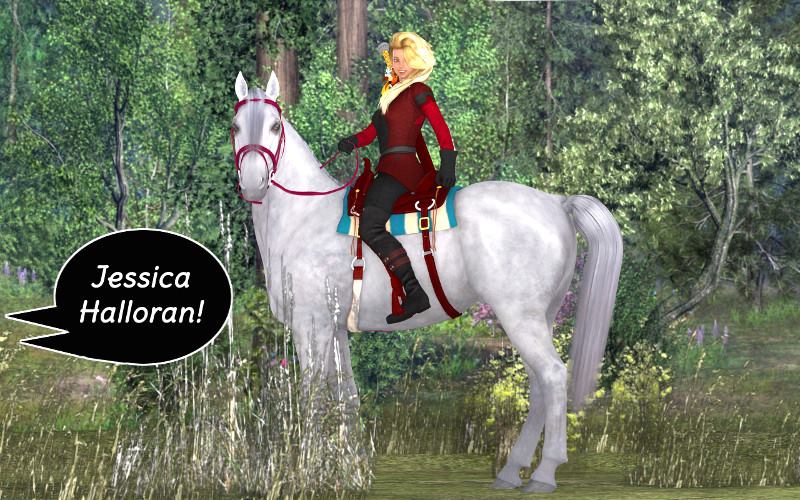
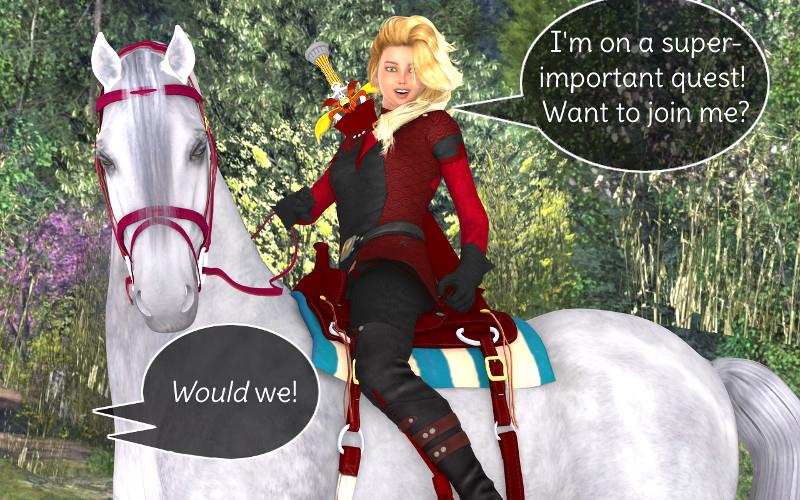
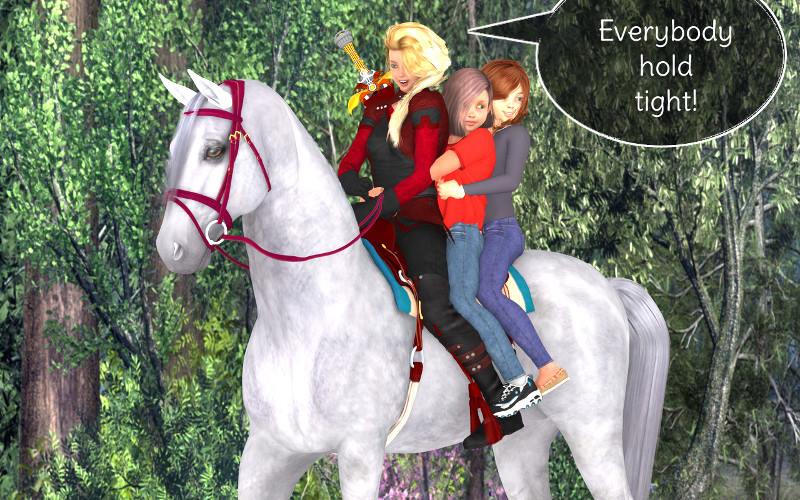

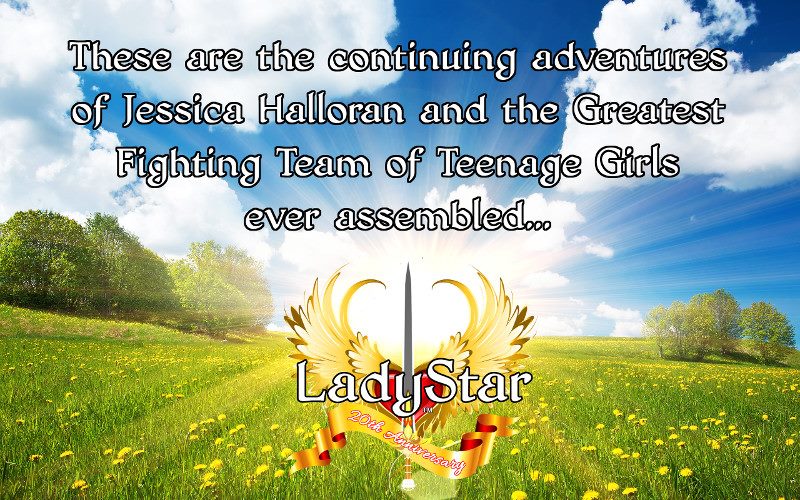

 Sideloading is a thing of the past!
Sideloading is a thing of the past!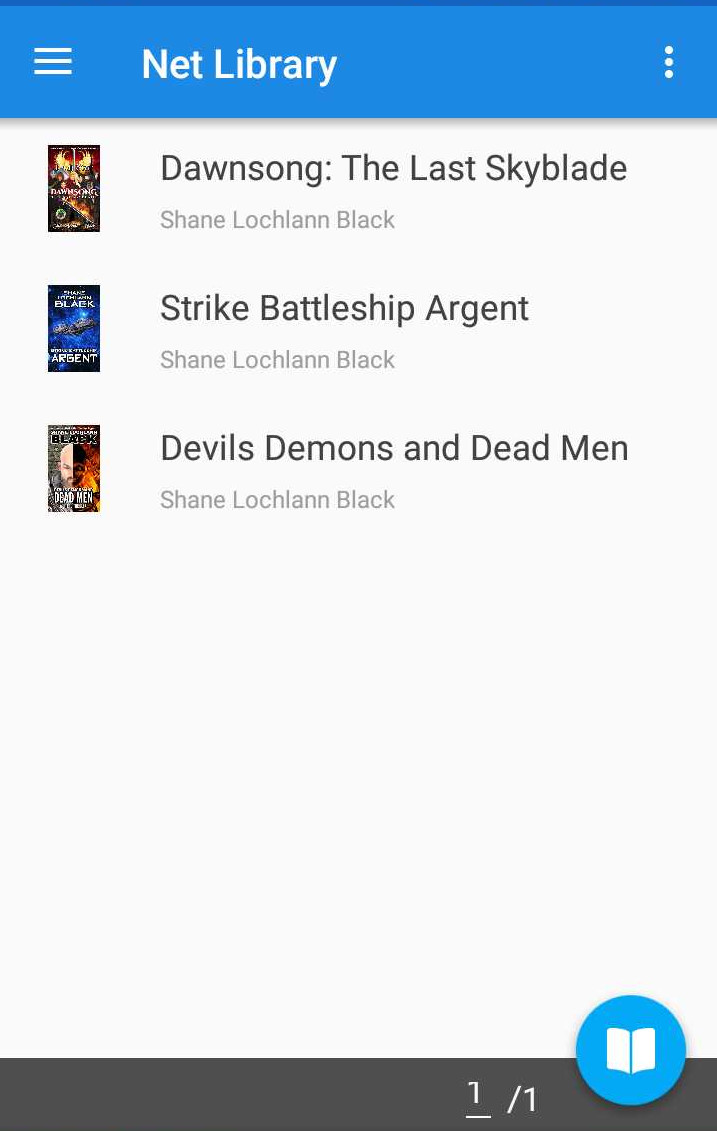
 Moon+ Reader is an excellent choice for reading our EPUB3 premium digital books on Android devices. It works well on phones and is particularly impressive on all flavors of Android tablets with a side-by-side reading mode and high-definition display. Our books have never looked better!
Moon+ Reader is an excellent choice for reading our EPUB3 premium digital books on Android devices. It works well on phones and is particularly impressive on all flavors of Android tablets with a side-by-side reading mode and high-definition display. Our books have never looked better!